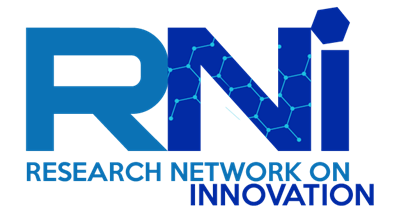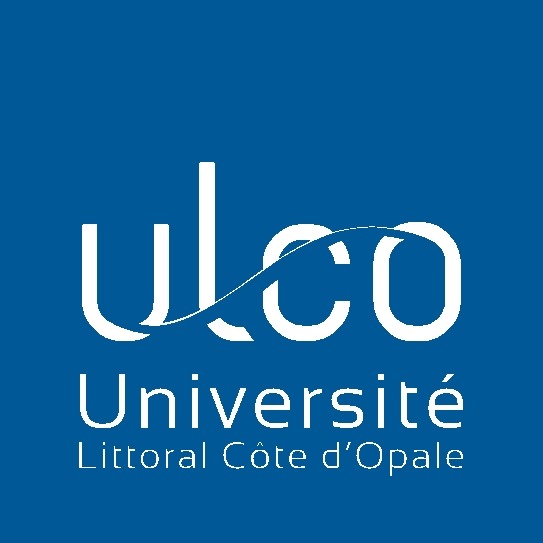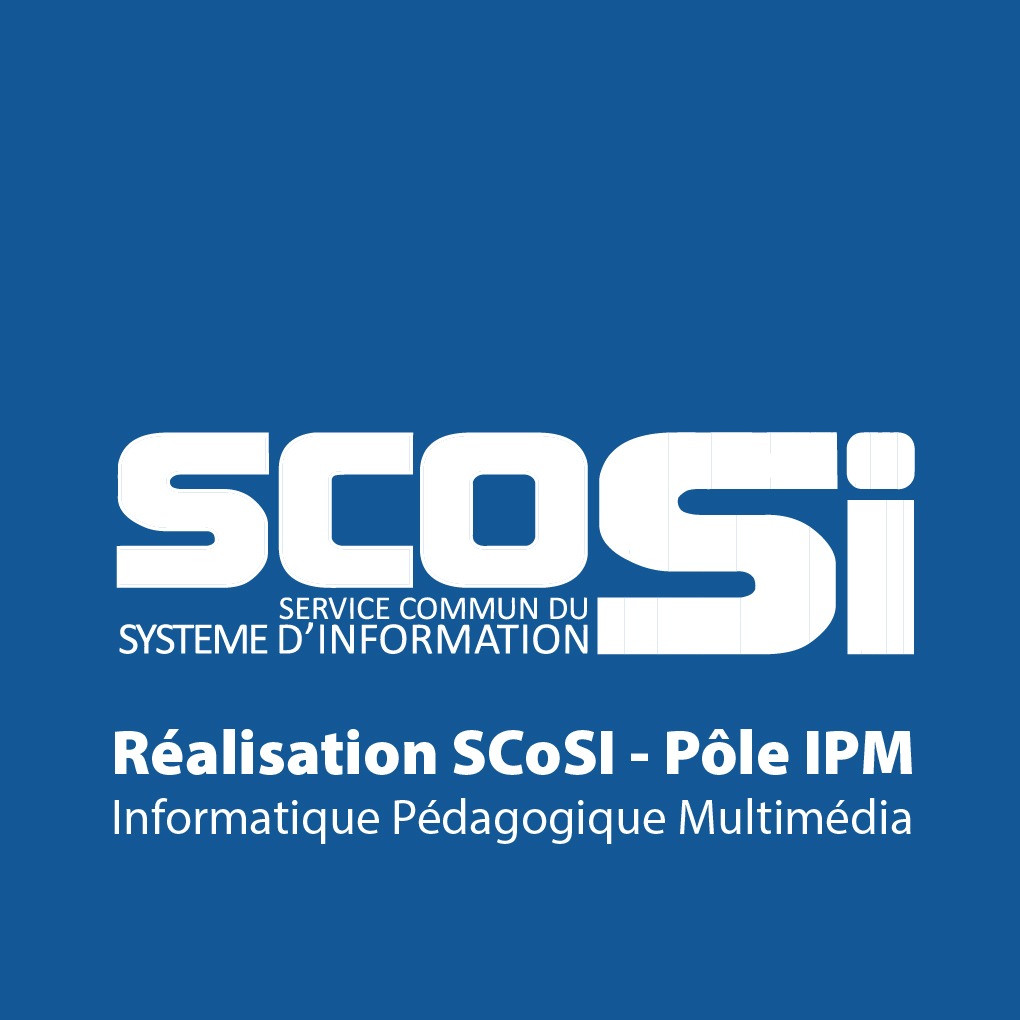Research Network on Innovation and Open Innovation Ecosystems
The Research Network on Innovation (RNI) and its editorial branch (RNI-Edition) are responsible for identifying, analyzing, disseminating and contributing to the production of developments relating to the multiple dimensions of innovation.
Among the network’s works underlying these objectives, this editorial aims to present two publications and builds on a combination of orientations they include to show a contextual case related to the Covid-19 pandemic.
First, and entitled Innovation Economics, Engineering and Management Handbook, the newly published English-language encyclopedic sum analyzing contemporary innovation processes related to information society, knowledge economy, interactions between research and business models, agile methods, adaptation to change, wealth creation and development of socially and environmentally sustainable growth.
Within a high number of chapters, the generation of innovation is studied at different scales, local, and adjoining networks and globalized economy. The theoretical background of the constituent elements of the innovation field is reminded in order to enlighten the conceptual analyzes and do not reserve the reading to the only experts.
Two volumes with complementary range were constituted. The first is devoted to the foundations of innovation, in particular for a readership that includes economists, managers, historians and engineers involved in the field. The second volume analyzes the concepts of innovation from a contextual and prospective approach.
The second, also English-language book, is in development to be published in 2023 within the Business & Innovation’s collection of Peter Lang. Its title, Innovation Ecosystems in the New Economic Era: Digital Revolution and Ecological Transition (Laurent Adatto, Camille Aouinaït, Son Thi Kim Le, Michelle Mongo, eds), is explicit in its objective: to set up chapters around the concept of innovation ecosystem, along two of the axes considered to be the most conducive to economic, industrial and societal developments: the growing digital impregnation and the environmental changes.
As in the first book, progresses of the knowledge economy are correlated with their impacts on the production of innovation. But here, from a fundamental ecosystem perspective. While the concept of innovation ecosystem is not related to a singular academic definition, common characterization elements associate it with a potentially flexible aggregate of involved actors, practices, productions, connections, forming a mesh interacting for the generation of innovation.
Among innovation ecosystems, the ones where the potentially flexible aggregate leads to an exhaustive opening: the open innovation ecosystems. Open source software is an exemplary model that has generated open ecosystems of digital innovation around high-quality software projects that build on community, remote, cumulative and expert contributions, including IT leading firms.
In line with the exploratory analysis of ecosystem-based innovation and open paradigm, the contextual case of open innovation ecosystems using medical and digital engineering that have emerged to enable the widest development of medical devices related to the Covid-19 pandemic.
This case combines multiple dimensions of innovation: process innovation, based on meshes open to all actors competent in the development and use of related medical devices, legal innovation, according to the granting of free licenses associated with these devices in pandemic period, and technical innovation and development of sophisticated engineering and universally implementable devices.
In particular, the sudden spread of the virus has led to a dramatic lack of life-saving devices to keep patients showing significant respiratory distress alive: medical ventilators. In reaction, these innovative open ecosystems were created to allow the free development of medical devices to combat the pandemic. These open ecosystems innovated by transposing to the field of medical equipment, practices that have emerged in the sector of open source. From hospital valves to the most sophisticated equipment of medical ventilators with electronic regulators.
These ecosystems incorporate contributors with complementary profiles. Their synergy of skills and in situ practices, particularly in hospitals, has been a major asset. They include medical device engineers and designers, doctors, caregivers, computer scientists and technicians, especially related to 3D printing. Indeed, a main vector is the additive “3D” manufacturing, allowing a practical, portable and universal production of components for the assembly of medical devices, including medical ventilators.
Finally, these open innovation ecosystems incorporate digital vectors for software control, coding, and distribution of device specifications, including 3D-printable components. The non-printable 3D elements (motors, electronic components…) are as a priority selected for their availability, still with the aim of a potential wide implementation. India in particular is implementing on a major scale related open medical ventilators in the coverage of large rural areas. Innovative developments and refinement of the devices build on contributions on Internet and digital supports (integration of innovations, improvement of the specifications related to the one of the devices, of operating software…) and illustrate the complementarity of these ecosystems.
Written by Laurent Adatto, Editorial Administrator of the RNI-Edition
More:
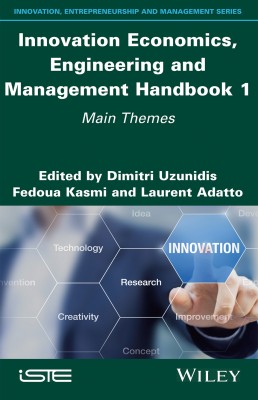 |
Innovation Economics, Engineering and Management Handbook 1
|
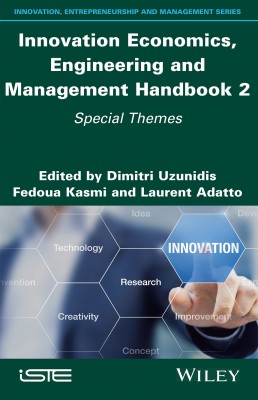 |
Innovation Economics, Engineering and Management Handbook 2
|
